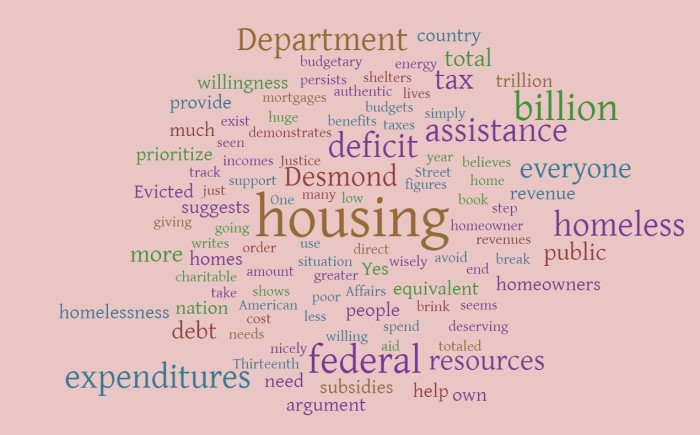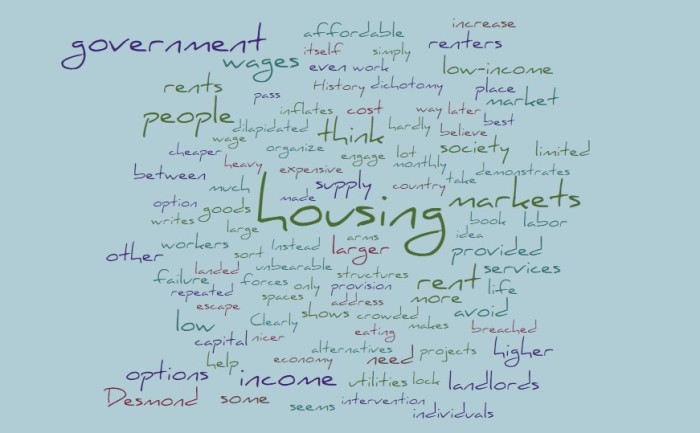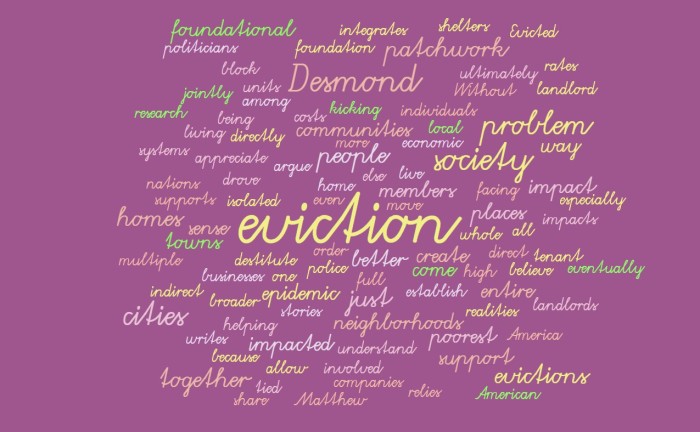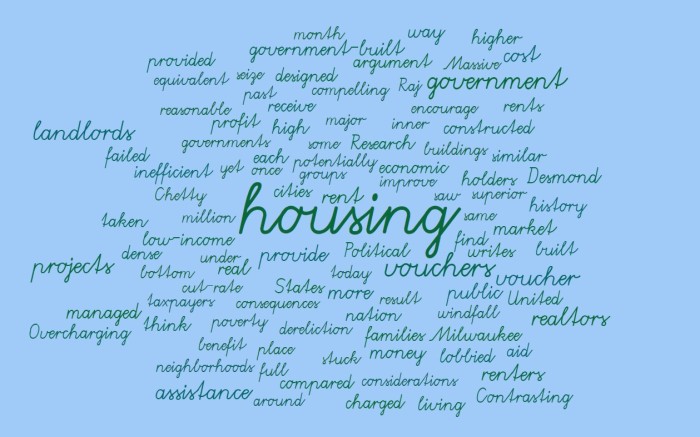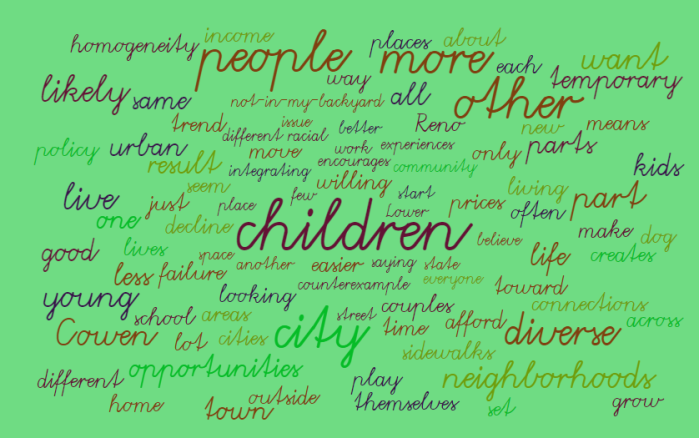One critique of housing first policies is that it would be too expensive for us to provide public housing to everyone in the nation who is currently homeless and needs affordable housing. The nation has too much debt and there are too many homeless people. Those who are homeless or on the brink of homelessness need to step up to support themselves, because we don’t have enough resources to help everyone. The way to end homelessness, this argument suggests, is not to house everyone, but for everyone to take more personal responsibility for their situation.
Matthew Desmond believes this argument if wrong (to put it nicely).
In his book Evicted Desmond writes, “housing-related tax expenditures far outpace those for housing assistance. In 2008, the year Arleen [A low income tenant he profiled] was evicted from Thirteenth Street, federal expenditures for direct housing assistance totaled less than $40.2 billion, but homeowner tax benefits exceeded $171 billion. That number, $171 billion, was equivalent to the 2008 budgets for the Department of Education, the Department of Veterans Affairs, the Department of Homeland Security, the Department of Justice, and the Department of Agriculture combined.” For some additional figures, the total for federal expenditures in 2008 was $2.983 trillion, total revenue was $2.524 trillion, and the deficit was $458.6 billion. The $40.2 billion in housing assistance was 1.3% of the federal expenditures, 1.5% of federal revenue, and 8.7% of the deficit. $171 billion in federal tax subsidies for homeowners was equivalent to 5.7% of total expenditures, 6.7% of revenues, and 37.3% of the deficit. What these numbers suggest, and what Desmond argues, is that we simply don’t prioritize housing assistance. We prioritize giving people who already own their homes a break on their taxes, at a greater financial cost to society, than what we are willing to provide to those who need homes in order to keep their lives on track.
Desmond continues, “most federal housing subsidies benefit families with six-figure incomes. If we are going to spend the bulk of our public dollars on the affluent – at least when it comes to housing – we should own up to that decision. … If poverty persists in America, it is not for lack of resources.”
Yes, our country has a large deficit. Yes, our country carries what seems like an astronomical amount of debt. But that doesn’t mean we cannot help the poor and homeless. Our willingness to accept huge tax exceptions for homeowners paying interest on mortgages demonstrates our willingness to live with the debt and deficit we have. It shows that our fiscal and budgetary concerns are not exactly authentic, and suggests they may be an excuse to avoid doing more for the homeless who are not seen as deserving of our aid and energy. Resources exist to allow us to do much more to ensure that every American has a basic home and doesn’t have to rely on charitable shelters and limited public housing assistance. We have resources, we just don’t use them wisely.
